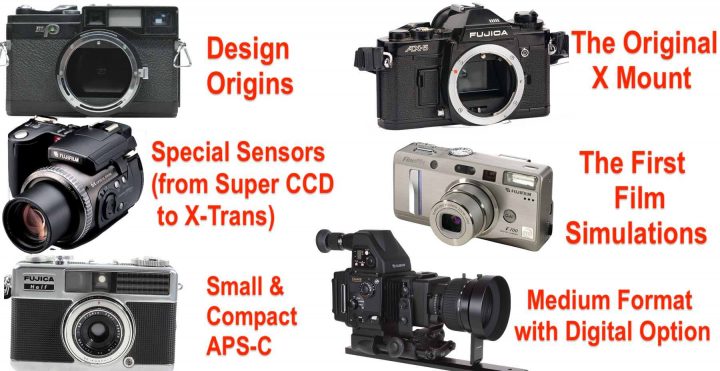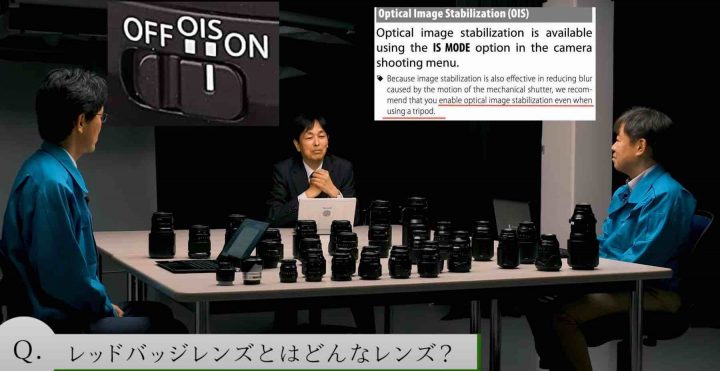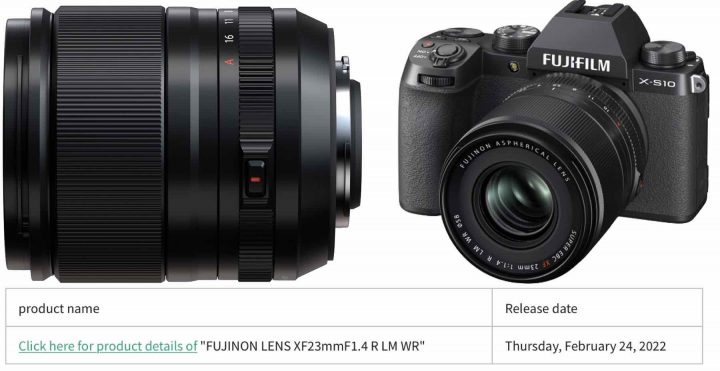
How can I start this article.
Maybe like this.
I was solo hiking through Eastern Europe. In my bag, a tent, food, water, a few clothes. And my DSLR gear.
One morning I woke up very early at the top of the Popluks mountain in Albania, left my tent and enjoyed the sunrise all alone on the mountain peak. It should have been my last day on one of the best kept secrets in Europe, the Albanian Alps. Next stop: a 12 hours long hike all the way to Montenegro through lonely mountains and valleys of rare beatuy.
And I tell you this: when I arrived at my destination, the town of Gusinje in Montenegro, I was exhausted and I promised myself: I need to travel lighter. I need lighter gear.
So I went mirrorless.
Panasonic, Olympus, Sony, you name it, I tried them all. But it became soon clear to me that I was not only looking for lighter gear, but also for gear that I had fun to use.
And exactly in that moment of my photographic journey, 11+ years ago, Fujifilm launched the Fujifilm X series. Then, 10 years ago, the Fujifilm X-Pro1 was announced, introducing the X mount in the photography world.
And that was it. That was exactly what I was looking for.
The rest is history. I fell in love. I needed to share this love. I started FujiRumors.
So I wondered, how can we sum up this long Fujifilm X journey (which is basically just as long as my personal journey with Fujifilm) best?
Well, since Fujifilm is celebrating 10 years of X mount this year, I thought I could make a list of what I consider the top 10 cameras of this Fuji-decade. But, shall it be allowed to me, I will start with the X100, which is technically older than 10 years. But I think you’ll agree it makes sense to add to this list.
Attention: we are not (only) talking about the most successful cameras, but also about what I consider the most important ones, beyond the success they had (or not).
- Fujifilm X100 – the original
That’s the camera that started it all. And it gave us a clear indication on which way Fujifilm would go: great looking cameras with manual controls and overall vintage feel.
- Fujifilm X-Pro1
This was Fujifilm’s first mirrorless camera with interchangeable lenses. Iconic. Beautiful. The start of X-mount.
- Fujifilm X-T1
If you ask me, my heart, I’d say X-E1 (as I love the X-E series). But that line was never a huge seller. The real first big success for the Fujifilm X mount was the Fujifilm X-T1. It was the first camera that was able to go a bit more mainstream compared to X-Pro1 and X-E1.
- Fujifilm X-T10
The X-T10 was a huge hit and helped Fujifilm to break through mid-range market in a way the X-E line could not. A very successful series for Fujifilm, started by X-T10.
- Fujifilm X-H1
True, it was not a big success, but it set the base for a platform that will earn lots of success in future. That’s why I put it on the list. Guys, just wait to see what a beast the Fujifilm X-H2 will be, and then you’ll agree with me. Be patient, May isn’t that far anymore.
- Fujifilm X-T3
A mega success for Fujifilm that not even the release of the Fujifilm X-T4 could stop. According to my knowledge, Fujifilm’s all time best seller.
- Fujifilm X100V
Announced 8 years after the original X100, it was a terrific success for Fujifilm and it brings a much needed redesign of the lens as well as an “invisible” tilt screen. It’s my biggest GAS temptation along with these 2 more Fujifilm items. And please, don’t trigger my GAS further in the comments. I have a marriage to take care of ;)
- Fujifilm GFX50S
Enter medium format: Fujifilm’s first digital medium format camera with a sensor about 70% fuller than full frame. Now that we arrived at the Fujifilm GFX100S, which is even smaller than some full frame mirrorless cameras out there, we can say that the GFX50S (hence skipping full frame) was an incredibly smart move by Fujifilm.
- Fujifilm GFX100S
It has to be on the list, as it is such a terrific success for Fujifilm. Not even in their best dreams they’d have hoped for as many sales as the GFX100S generated. The only problem: Fujifilm has a hard time producing as many cameras as the market requests, yes, even now, 1 year after its announcement. And please, stop to say nonsense like “it should not have had IBIS” or stuff like that. This nonsense often comes from the same people praising OIS. So aren’t both, OIS and IBIS, serving the very same purpose. And more importantly, can’t you simply turn off both if you don’t like them?
- Fujifilm X-Pro3
Arguably the most controversial on the list, as this camera is designed for the niche and therefore was never planed to make massive sales. But here is the thing: while Fujifilm has indeed released the X-S10 and GFX100S with more “mainstream” oriented ergonomics, the Fujifilm X-Pro3 shows that Fujifilm cares also about niche and does not run only after the mainstream. They still want to offer all sorts of different photographic experiences by changing the ergonomics among various camera lines. So don’t panic guys, Fujifilm ain’t dropping retro at all. Whoever creates panic about this, is just out for clickbait. The X-Pro3 is Fuji’s statement for their continuing commitment to retro and vintage controls.
So that’s my list. Feel free to change and modify it as you want in the comments.
- Must Read for X100 Lovers – “Don’t Touch that Camera!” the Story About the Inspiration Behind the Fujifilm X100 Series Design
Follow FujiRumors on Patreon, Facebook, Instagram, RSS-feed, Youtube, Flipboard and Twitter
The Fastest Growing Fujifilm Group
Join Our Owners Groups
Join Our Facebook Pages





